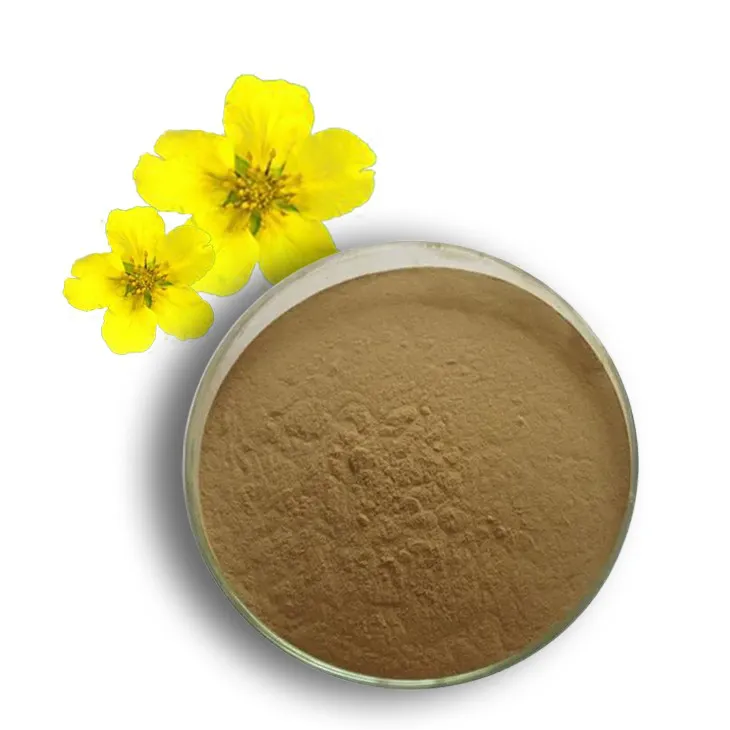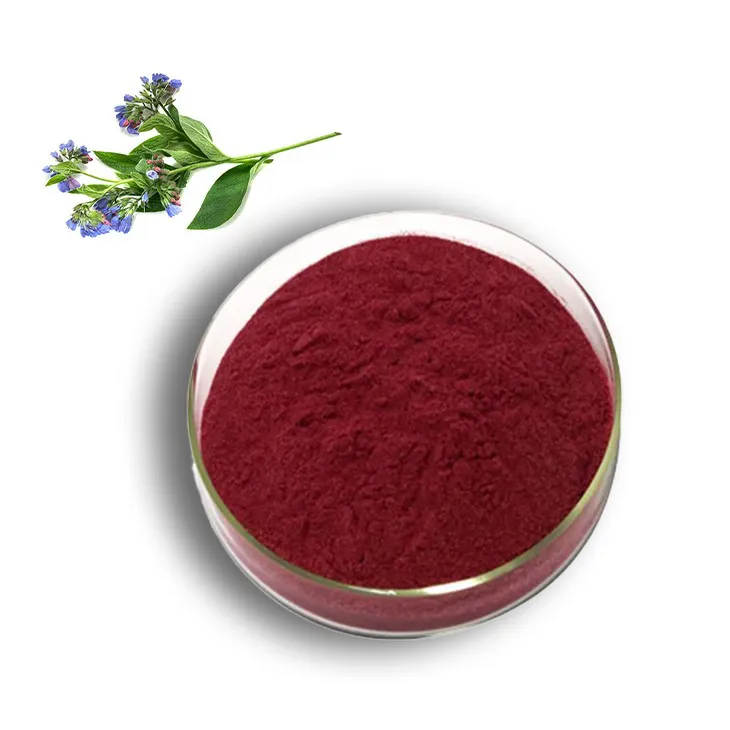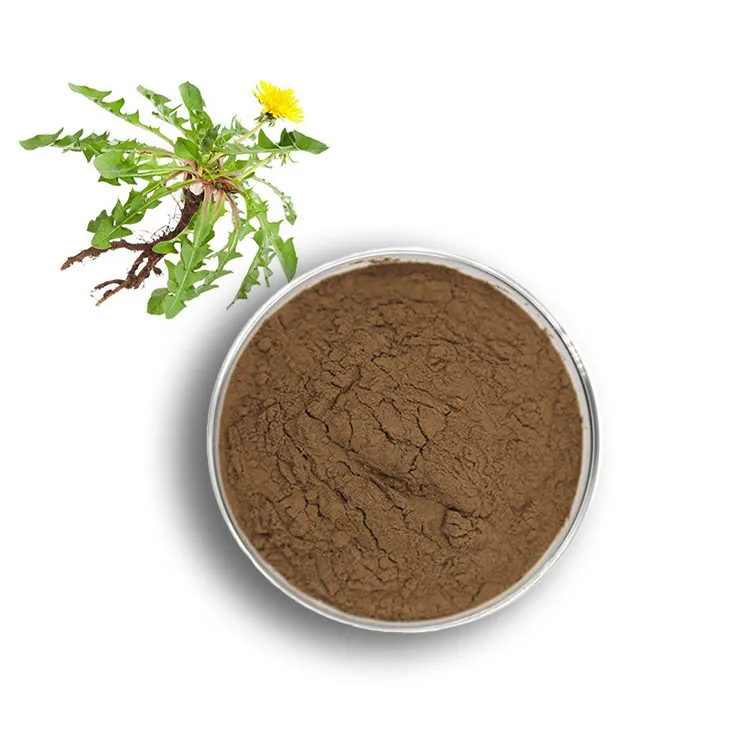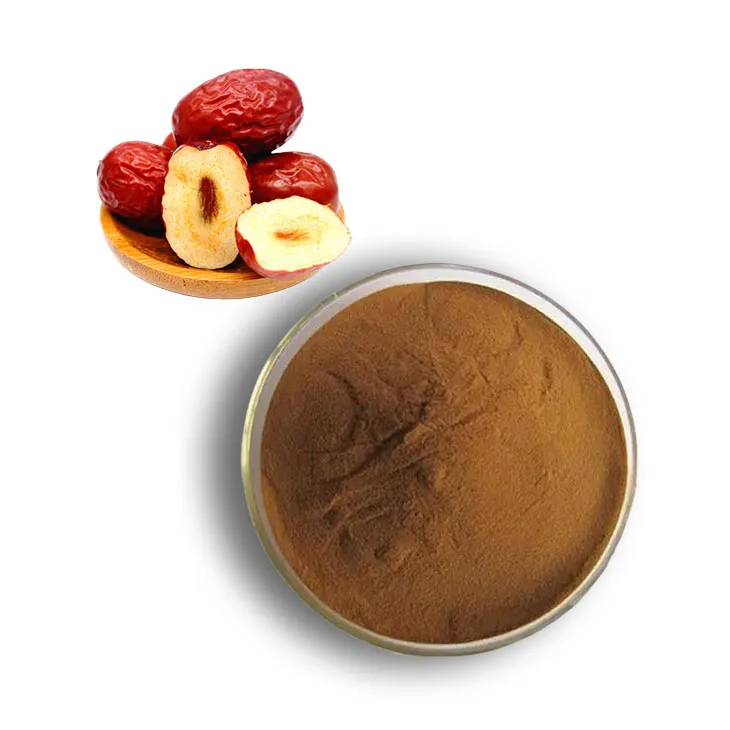- 0086-571-85302990
- sales@greenskybio.com
Long-Term Astaxanthin Supplementation: Is It Safe to Take for Years?
2025-10-31

In the realm of natural supplements, Astaxanthin has emerged as a highly regarded antioxidant with potential benefits that span across skin health, athletic performance, and overall well-being. Derived from microalgae, Astaxanthin is responsible for the pink and red hues seen in salmon, shrimp, and flamingos. Known for its powerful antioxidant properties, it is revered for its ability to neutralize free radicals and reduce oxidative stress. However, as with any supplement, questions arise regarding the safety and efficacy of long-term use. This article aims to provide an in-depth analysis of Astaxanthin, examining its benefits and exploring whether it is safe to consume over an extended period of years.
Understanding Astaxanthin
Astaxanthin is a carotenoid, a type of pigment that belongs to the same family as beta-carotene and lutein. What sets astaxanthin apart from other antioxidants is its unique molecular structure, which allows it to embed itself within cell membranes and provide protection from both the inside and outside. This dual protective mechanism is believed to enhance its antioxidant capacity, making it one of the most potent natural antioxidants known to science. Unlike some other carotenoids, astaxanthin does not convert to vitamin A in the body, which reduces the risk of vitamin A toxicity and makes it safe for long-term use.
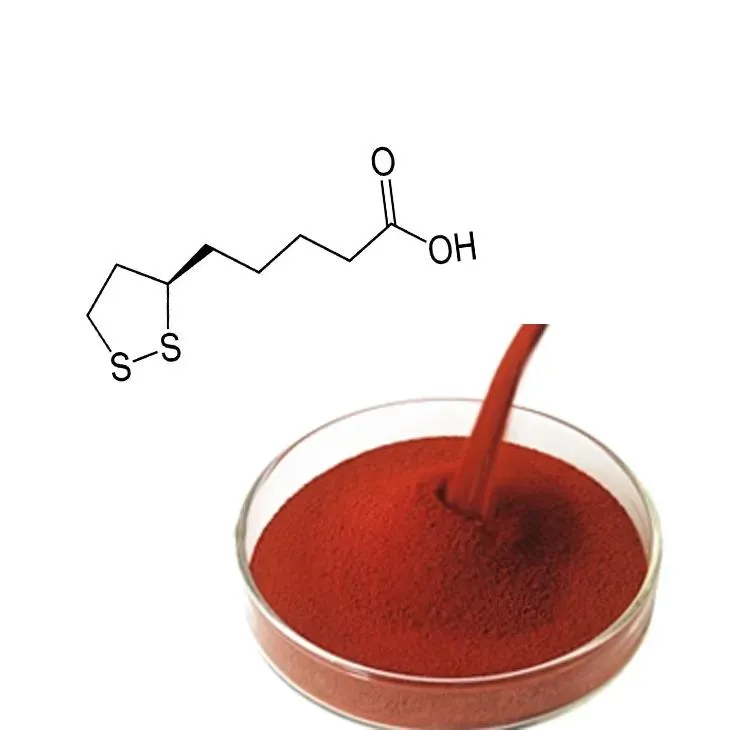
Potential Health Benefits of Astaxanthin
1. Powerful Antioxidant Capacity
Astaxanthin's primary claim to fame is its exceptional antioxidant potency. It has been documented to be significantly more effective than vitamin C, vitamin E, and other carotenoids at scavenging free radicals and protecting cells from oxidative damage. This characteristic underpins many of its health benefits, offering protective effects against a wide range of chronic diseases associated with oxidative stress.
2. Skin Health and Anti-Aging
Astaxanthin's protective effects on the skin are among its most researched benefits. Studies suggest that it can mitigate skin damage caused by ultraviolet (UV) radiation, reducing the signs of aging such as wrinkles and age spots. By improving skin elasticity and moisture levels, astaxanthin contributes to a youthful appearance and may slow down the skin's aging process over time.
3. Cardiovascular Support
Research indicates that astaxanthin may support heart health by improving lipid profiles, reducing inflammation, and enhancing blood flow. It has been shown to help lower levels of LDL (bad) cholesterol and increase HDL (good) cholesterol, reducing the risk of atherosclerosis and cardiovascular diseases.
4. Eye Health
Astaxanthin has been shown to benefit eye health by reducing eye fatigue and preventing damage to the retina. Its ability to cross the blood-brain barrier allows it to exert protective effects on the central nervous system, which includes the eyes.
5. Anti-Inflammatory Properties
Chronic inflammation is a key contributor to numerous health conditions. Astaxanthin has been found to reduce levels of inflammatory markers in the body, suggesting potential applications in managing conditions such as arthritis and other inflammatory disorders.
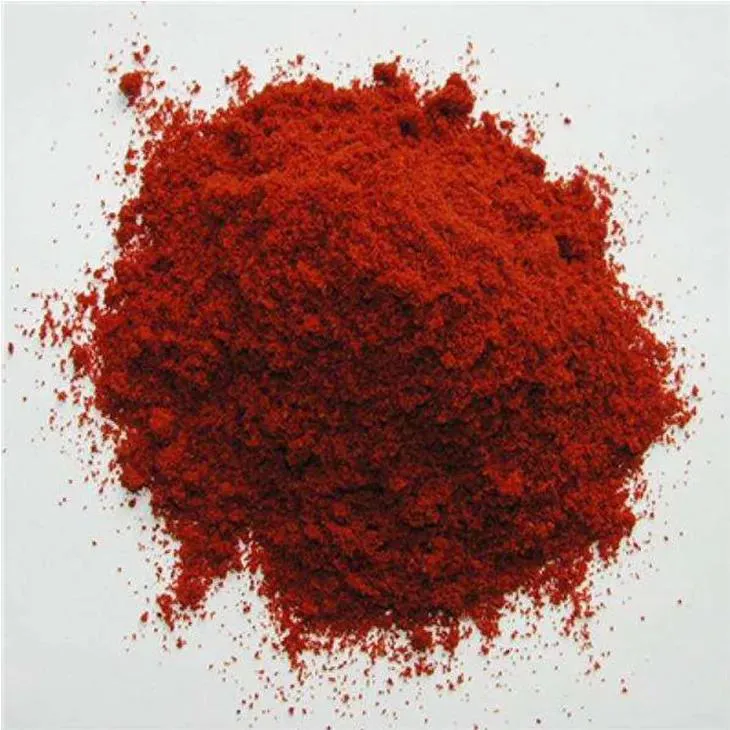
Safety and Efficacy of Long-Term Use
The prospect of taking astaxanthin over an extended period, such as several years, raises questions about its safety, possible side effects, and interactions with medications or other supplements.
1. Clinical Studies and Dosage
Numerous clinical trials have supported the safety of astaxanthin, typically administered in doses ranging from 2 mg to 12 mg per day. These studies generally involve supplementation periods lasting several weeks to months, with few adverse effects reported. The doses used in most research are considerably higher than what one would typically consume through dietary sources, suggesting that long-term supplementation is likely to be safe when consumed within recommended doses.
2. Potential Side Effects
Astaxanthin is generally well-tolerated, with few reported side effects in the literature. Some individuals may experience mild gastrointestinal disturbances, including stomach discomfort or diarrhea, but these are relatively rare. Over time, excessive consumption of astaxanthin can potentially cause changes in skin color, leading to a slightly orange or pink tint due to its pigmentation properties.
3. Drug Interactions
While astaxanthin is considered safe for long-term use, it is essential to be mindful of potential interactions with medications or other supplements. For instance, due to its potential effects on lipid metabolism, it might interact with cholesterol-lowering drugs. Additionally, its potential influence on immune function suggests it could interact with immunosuppressive medications. Therefore, individuals on medication or with existing health conditions should consult a healthcare professional before beginning astaxanthin supplementation.
4. Individual Variability
The safety and efficacy of long-term astaxanthin supplementation may vary depending on individual factors, such as health status, diet, and lifestyle. Those with allergies to seafood or components of the supplement should exercise caution.
5. Regulatory Status
Astaxanthin is recognized as safe by various regulatory bodies, including the U.S. Food and Drug Administration (FDA) and the European Food Safety Authority (EFSA), for use in food and supplements. However, differing standards and regulations across countries necessitate consumers' vigilance regarding the quality and purity of astaxanthin supplements.
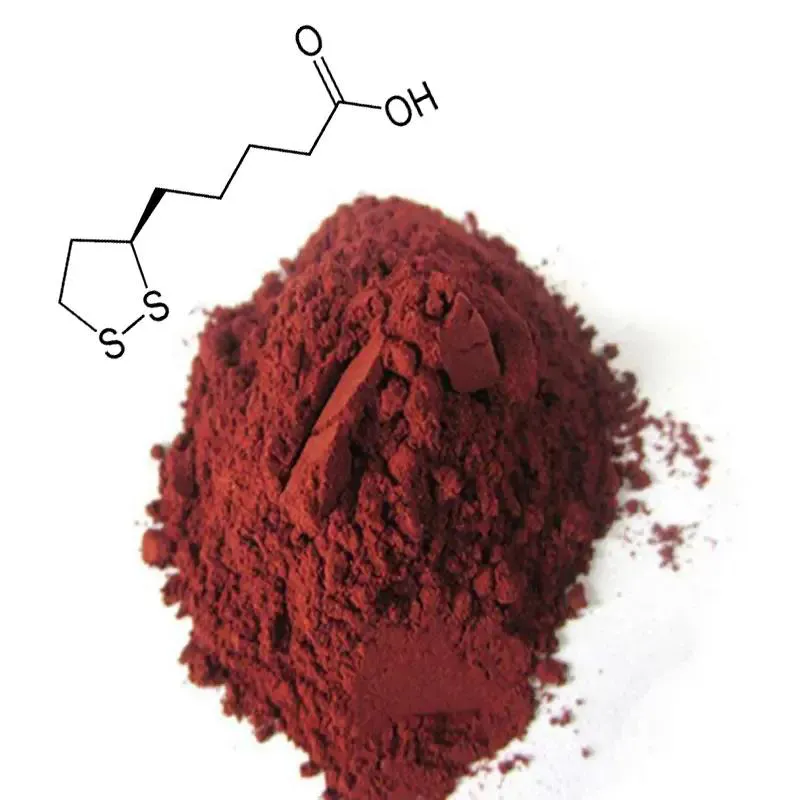
Guidelines for Long-Term Astaxanthin Supplementation
For individuals considering long-term astaxanthin supplementation, the following guidelines can help optimize safety and effectiveness:
1. Consult a Healthcare Professional: Before starting long-term supplementation, especially if you have preexisting health conditions or are taking medication, seek guidance from a healthcare provider.
2. Choose High-Quality Supplements: Ensure that your astaxanthin supplement is sourced from a reputable manufacturer, with third-party testing to verify product purity and potency.
3. Monitor Dose Intake: Stick to the recommended dosage as outlined on the supplement label or by your healthcare provider. Typically, doses of 4-8 mg per day are considered both safe and effective for most adults.
4. Incorporate a Balanced Diet: Enhance your antioxidant intake through a balanced diet rich in fruits, vegetables, and other whole foods, complementing the benefits of astaxanthin supplementation.
5. Observe for Side Effects: Pay attention to changes in your health or wellbeing, and report any side effects to your healthcare provider promptly.
Conclusion
Astaxanthin, with its impressive antioxidant properties, offers compelling health benefits and appears safe for long-term use when consumed according to guidelines. While studies support its use for numerous health improvements, continued research is necessary to solidify its safety profile for year-long consumption. By consulting healthcare professionals and adhering to recommended practices, individuals can enjoy the potential benefits of astaxanthin while minimizing risks, harnessing its power to support their health over the long haul.
Visit Greenskybio.com, a great article source where you can learn about Supplements and their health benefits, you also can get the latest food Supplements. Green Sky Bio provides the best extracts and supplements. It is a Chinese self-developed brand that is trustworthy! Welcome to email us to inquire about our products.
TAGS:- ▶ Hesperidin
- ▶ Citrus Bioflavonoids
- ▶ Plant Extract
- ▶ lycopene
- ▶ Diosmin
- ▶ Grape seed extract
- ▶ Sea buckthorn Juice Powder
- ▶ Fruit Juice Powder
- ▶ Hops Extract
- ▶ Artichoke Extract
- ▶ Mushroom extract
- ▶ Astaxanthin
- ▶ Green Tea Extract
- ▶ Curcumin
- ▶ Horse Chestnut Extract
- ▶ Other Product
- ▶ Boswellia Serrata Extract
- ▶ Resveratrol
- ▶ Marigold Extract
- ▶ Grape Leaf Extract
- ▶ New Product
- ▶ Aminolevulinic acid
- ▶ Cranberry Extract
- ▶ Red Yeast Rice
- ▶ Red Wine Extract
-
Tormentil Extract
2025-10-31
-
Shikonin
2025-10-31
-
Maitake Mushroom Extract
2025-10-31
-
Hericium erinaceus extract powder
2025-10-31
-
Nutmeg Extract
2025-10-31
-
Europen Bilberry Extract
2025-10-31
-
Dandelion Root Extract
2025-10-31
-
Fenugreek Extract Powder
2025-10-31
-
Red Date Extract
2025-10-31
-
White Peony Extract
2025-10-31











